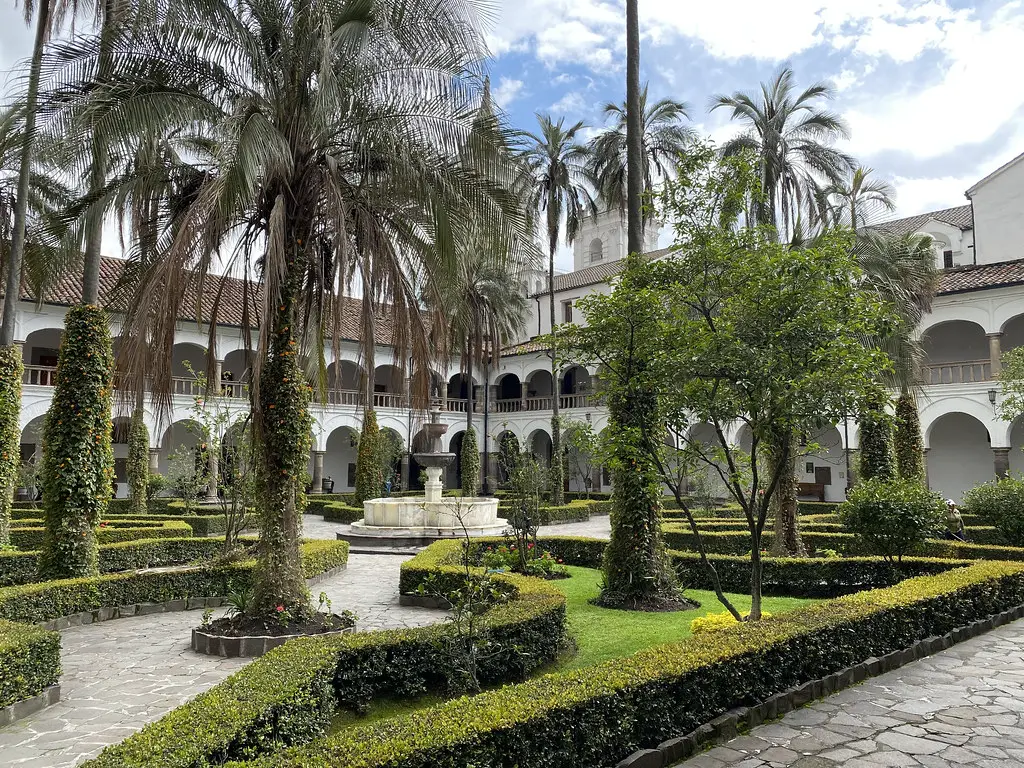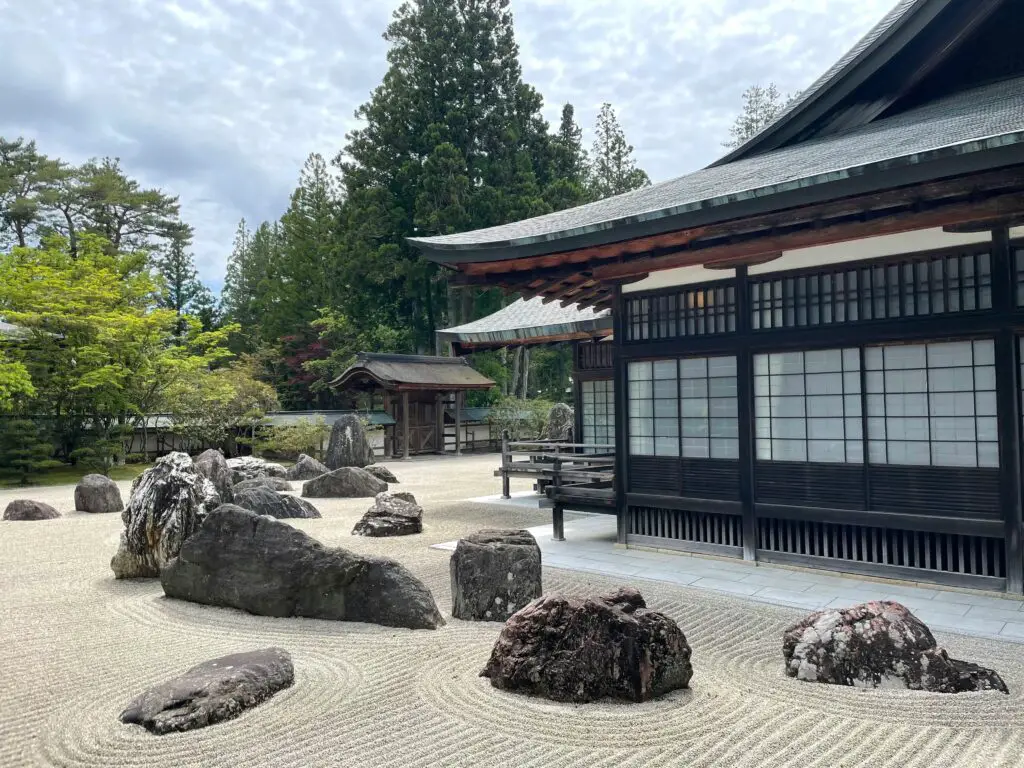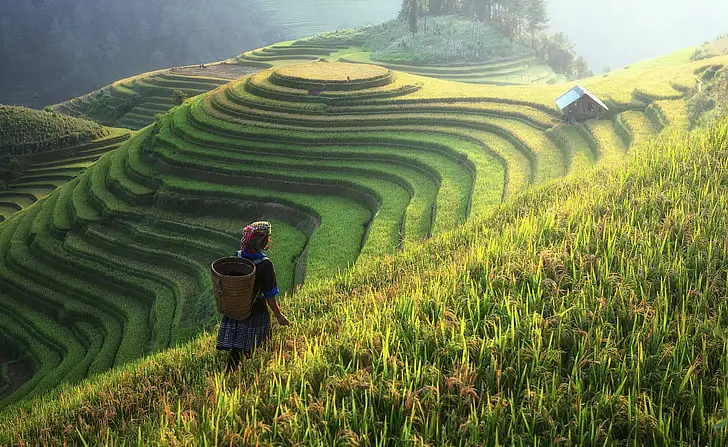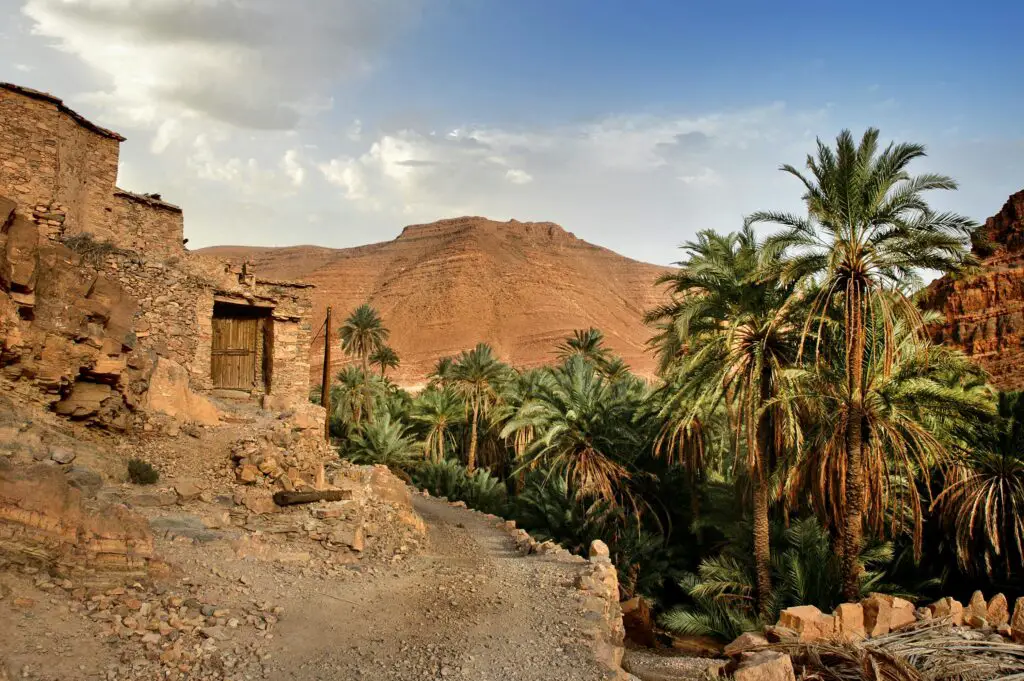Gardens are more than just outdoor spaces; they are reflections of history, culture, and tradition. Across Latin America, Africa, and Asia, garden landscaping has long been influenced by deep-rooted traditions, spiritual beliefs, and sustainable practices. Many of these styles have been passed down for generations, creating breathtaking landscapes that blend nature with cultural expression. Whether through structured elegance, organic flow, or symbolic plant placement, these traditions offer timeless inspiration for modern gardens. Here are five stunning garden landscaping styles that honor the beauty of Latin, African, and Asian heritage.
1. Courtyard Gardens of Latin America

Traditional Latin American courtyard gardens, often inspired by Spanish and Indigenous influences, emphasize enclosed spaces that provide shade, serenity, and a connection to nature. These gardens commonly feature a central fountain or water feature, a design element that dates back to Moorish influences in Spain. The sound of flowing water creates a peaceful atmosphere, while terracotta tiles and stone pathways add warmth and texture.
Lush plant life plays a key role, with tropical flowers, fruit trees, and climbing vines filling the space with vibrant colors and fragrant scents. Bougainvillea, jasmine, and citrus trees are often incorporated, along with herbs like oregano and cilantro for culinary use. These gardens serve as social gathering spaces where families relax and share meals, keeping traditions alive through both design and daily life.
2. Rock and Sand Gardens of Japan and China

Asian landscaping often incorporates the concept of harmony between humans and nature, and rock and sand gardens are prime examples of this philosophy. In Japan, Zen gardens use carefully raked gravel or sand to symbolize water, while larger rocks represent islands or mountains. This minimalist approach creates a meditative environment, where the act of raking itself becomes a form of mindfulness.
Chinese rock gardens, on the other hand, emphasize rugged, naturally shaped stones arranged to reflect the beauty of untouched landscapes. Often paired with small ponds, bamboo, and bonsai trees, these gardens aim to capture the essence of nature within a confined space. Both styles promote a sense of balance and contemplation, making them perfect for those seeking a peaceful retreat in their own backyard.
3. Indigenous African Food and Medicine Gardens

Across Africa, traditional gardens are not just about aesthetics—they are deeply tied to food production, medicine, and sustainability. Indigenous farming techniques, such as intercropping and permaculture, prioritize biodiversity and soil health. Many African gardens include a mix of edible plants, medicinal herbs, and spiritually significant flora.
Circular garden beds, a common design in many African cultures, make efficient use of space and promote natural irrigation. Trees like baobab and moringa provide shade, nourishment, and medicinal benefits, while native vegetables such as amaranth and okra ensure a sustainable food source. These gardens also serve as communal spaces where knowledge about plant care and healing traditions is shared across generations.
4. Terrace Gardens of Southeast Asia

In many parts of Southeast Asia, terrace gardens have been a staple of agriculture and landscaping for centuries. Built into hilly or mountainous regions, these gardens create a cascading effect that is both visually striking and highly functional. This method helps prevent soil erosion, conserves water, and maximizes land use, allowing farmers to cultivate crops even on steep slopes.
Lush greenery, bamboo fences, and stone pathways enhance the beauty of these landscapes. Many terrace gardens incorporate small water channels to distribute irrigation naturally. In addition to rice paddies, common plants include lemongrass, ginger, and tropical flowers that attract pollinators. The natural flow of these gardens reflects a deep respect for the land and an understanding of how to work with, rather than against, nature.
5. Desert Oasis Gardens of North Africa

In the arid regions of North Africa, gardens have historically been designed to provide relief from the heat while maximizing limited water resources. Oasis gardens, found in places like Morocco and Egypt, often feature enclosed courtyards surrounded by high walls to block harsh winds and retain moisture. At the heart of these gardens, a water source such as a small pool or fountain serves as a cooling element.
Drought-resistant plants such as date palms, olive trees, and succulents dominate the landscape, creating a lush contrast against the surrounding desert. Geometric tilework, carved stone, and shaded seating areas make these gardens as visually appealing as they are functional. These spaces are not just about survival; they also serve as places for relaxation, socializing, and spiritual reflection.
